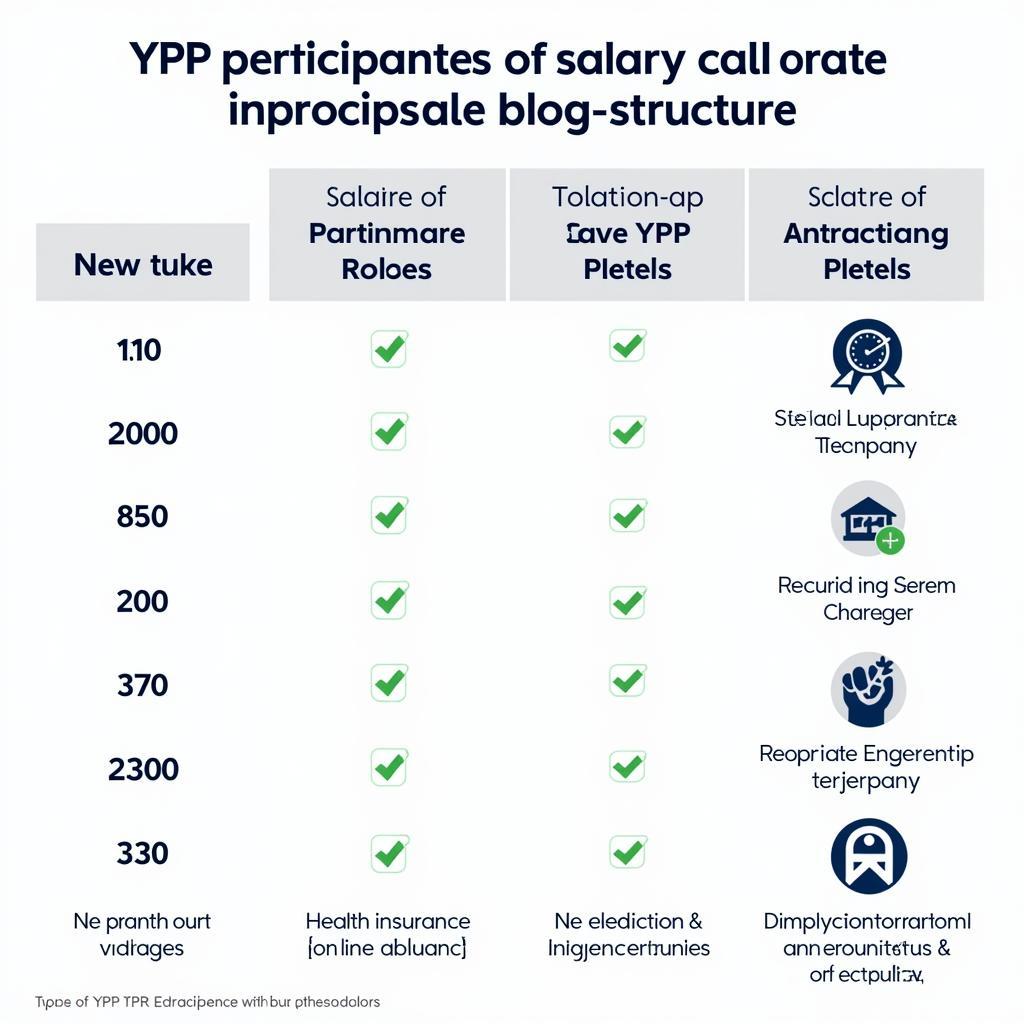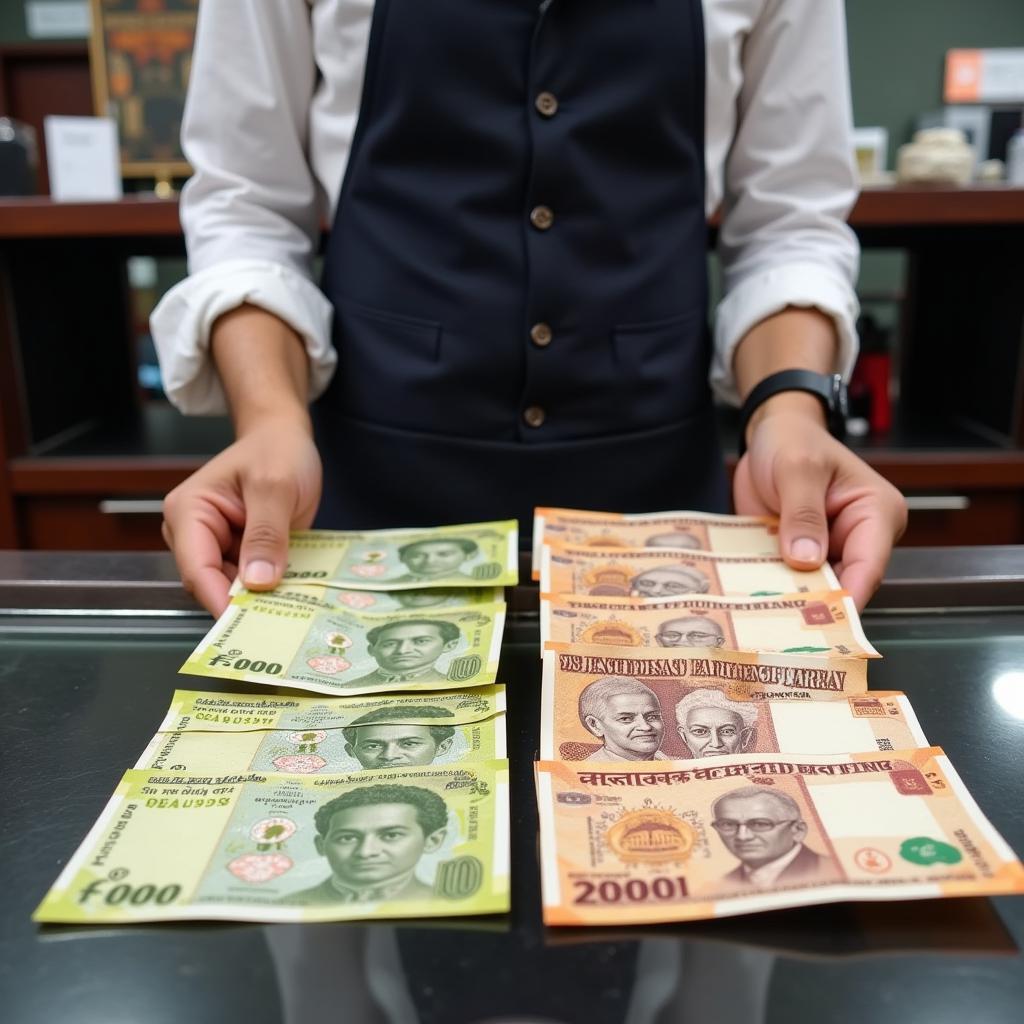African Fabrics and Textiles: A Celebration of Culture, Heritage, and Artistry
African Fabrics And Textiles are renowned worldwide for their vibrant colors, intricate patterns, and rich cultural significance. More than just garments, these textiles are a testament to the continent’s diverse heritage, artistic ingenuity, and deep connection to storytelling.
Weaving Tales: The Significance of African Textiles
Across Africa, textiles have always played a pivotal role in various aspects of life. From ceremonial occasions to everyday wear, each fabric tells a story, whispering tales of ancestry, social status, and beliefs passed down through generations. The symbolism embedded in the colors, patterns, and motifs offers a glimpse into the soul of a community.
For instance, the famed Kente cloth of Ghana, with its geometric designs and bold hues, is more than just a visually striking fabric. It speaks of royal lineage, wisdom, and cultural pride, making it a powerful symbol of West African heritage.
A Tapestry of Techniques: Exploring Diverse Textile Traditions
From the intricate hand-woven Kente cloth to the resist-dyed beauty of Adire, the diversity of African textile traditions is as vast as the continent itself. Each region boasts its unique techniques and styles, showcasing the creativity and craftsmanship of its people.
Weaving Wonders:
-
Kente Cloth (Ghana): Characterized by its intricate geometric patterns and vibrant colors, Kente is woven on narrow looms, creating strips that are then sewn together. Each pattern holds specific meaning, often representing proverbs, historical events, or social status.
-
Aso Oke (Nigeria): This hand-loomed fabric, made from cotton or silk, is often used for ceremonial garments. Its distinct stripes, woven in various colors and patterns, represent different lineages and social groups.
Resist-Dyeing Magic:
-
Adire (Nigeria): This Yoruba dyeing technique involves resisting the dye with various materials like cassava paste or raffia ties, creating captivating patterns. Adire textiles often feature motifs inspired by nature, daily life, and spiritual beliefs.
-
Batik (Various Regions): Found across Africa, Batik involves applying wax to the fabric to resist dye, creating intricate designs. While the technique varies, African Batik often features bold geometric patterns, animal motifs, and symbolic imagery.
Beyond the Loom: Embroidery and Beadwork
-
Embroidery (Various Regions): From the intricate threadwork of the Zulus in South Africa to the colorful embroidery of the Maasai in East Africa, embroidery adds a tactile and decorative element to African textiles.
-
Beadwork (Various Regions): Beadwork holds significant cultural value in many African societies. From intricate beaded garments to elaborate jewelry, beads are used to communicate social status, tell stories, and adorn the body.
African Fabrics in the Modern World: A Global Fashion Statement
Today, African fabrics and textiles have transcended geographical boundaries, captivating the global fashion scene. Designers worldwide are incorporating these vibrant textiles into their collections, blending traditional craftsmanship with contemporary silhouettes.
[african elements]
This surge in popularity not only introduces the beauty of African artistry to a wider audience but also empowers local artisans and communities. By supporting ethical fashion brands that prioritize fair trade practices, consumers can contribute to the preservation of these cultural treasures and the economic well-being of African artisans.
Conclusion: A Legacy Woven in Threads
African fabrics and textiles are a vibrant tapestry of cultural heritage, artistic expression, and storytelling. From the intricate patterns of Kente cloth to the resist-dyed beauty of Adire, each fabric carries within its threads the legacy of generations past. As we celebrate the beauty and craftsmanship of these textiles, let us remember the stories they tell and the cultural heritage they embody.
FAQ
1. What is the most famous African fabric?
While there are many stunning African fabrics, Kente cloth from Ghana is perhaps the most globally recognized, often associated with royalty and cultural pride.
2. How are African fabrics made?
African fabric production varies widely, employing techniques like hand-weaving, resist-dyeing (Adire, Batik), embroidery, and beadwork. Each region boasts its unique methods and styles.
3. Where can I buy authentic African fabrics?
Support ethical fashion by purchasing from reputable retailers specializing in fair trade African textiles. You can also find authentic fabrics at local markets when traveling in Africa.
4. Are African fabrics only used for clothing?
While often used for garments, African fabrics are incredibly versatile, appearing in home decor, accessories, and even art pieces. Their vibrancy and cultural richness translate beautifully across various applications.
5. What is the significance of colors in African fabrics?
Colors hold deep symbolism in African cultures, often representing elements of nature, spiritual beliefs, social status, or historical events. Understanding color symbolism adds another layer of appreciation for these textiles.
Do you have other questions about African fabrics and textiles?
Explore our articles on [african batik patterns] and [african curios cape town] to delve deeper into specific techniques and regional styles. For those looking for fashion inspiration, check out our guide on [african hot sexy long gowns] to see how these beautiful fabrics are being incorporated into contemporary designs.
Remember, your journey into the world of African textiles is just beginning. Let the vibrant colors, intricate patterns, and rich cultural heritage of these fabrics continue to inspire you.
Need Assistance?
Contact us:
Phone Number: +255768904061
Email: kaka.mag@gmail.com
Visit us: Mbarali DC Mawindi, Kangaga, Tanzania.
We offer 24/7 customer support.

